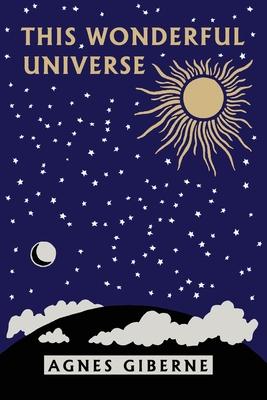A delightful introduction to the science of astronomy, starting with what can be viewed directly from our location on Earth. In due course, the reader becomes familiar with the moon, the sun, and the planets in our solar system, the meteors and comets that visit us from outer space, as well as the stars and nebulae that reside in outer space. As much as possible, the author puts the reader in the role of discoverer: what can be observed and what can be deduced from the observation. She regularly relates stories of the scientists that made the first discoveries and developed theories to explain their observations. For those who hesitate to read a 100 year-old science book, consider that the author is a master of crafting explanations that engage her audience, sometimes using both illustrations and text to drive home a point. Poetry selections from modern poets and those of bygone eras are included throughout. "It is always interesting to note," says the author, "the manner in which great scientific truths are received by widely differing minds, gifted with poetic insight." A wondrous universe indeed! Furthermore, the author always allows for the possibility that new discoveries may change our thinking. That is just as true today as it was when this book was first published a century ago. Readers with a firm grasp of the historical background may well be eager to investigate on their own what new developments have come to light in the last century.

A delightful introduction to the science of astronomy, starting with what can be viewed directly from our location on Earth. In due course, the reader becomes familiar with the moon, the sun, and the planets in our solar system, the meteors and comets that visit us from outer space, as well as the stars and nebulae that reside in outer space. As much as possible, the author puts the reader in the role of discoverer: what can be observed and what can be deduced from the observation. She regularly relates stories of the scientists that made the first discoveries and developed theories to explain their observations. For those who hesitate to read a 100 year-old science book, consider that the author is a master of crafting explanations that engage her audience, sometimes using both illustrations and text to drive home a point. Poetry selections from modern poets and those of bygone eras are included throughout. "It is always interesting to note," says the author, "the manner in which great scientific truths are received by widely differing minds, gifted with poetic insight." A wondrous universe indeed! Furthermore, the author always allows for the possibility that new discoveries may change our thinking. That is just as true today as it was when this book was first published a century ago. Readers with a firm grasp of the historical background may well be eager to investigate on their own what new developments have come to light in the last century.